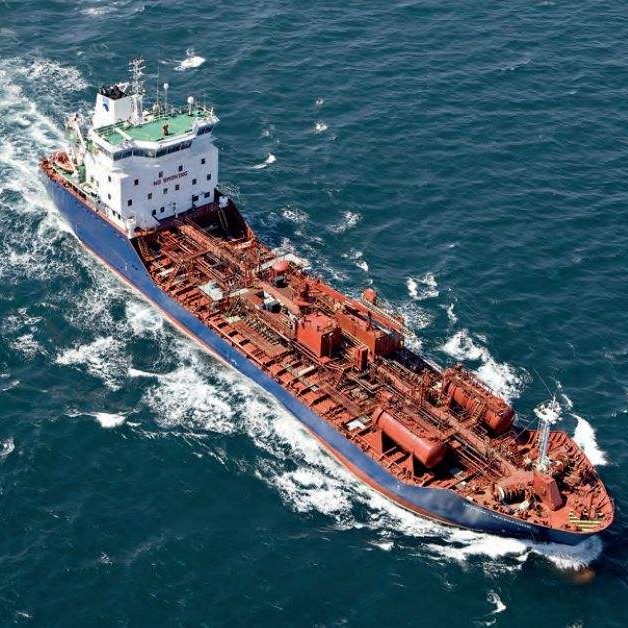
-
 Afrikaans
Afrikaans -
 Albanian
Albanian -
 Amharic
Amharic -
 Arabic
Arabic -
 Armenian
Armenian -
 Azerbaijani
Azerbaijani -
 Basque
Basque -
 Belarusian
Belarusian -
 Bengali
Bengali -
 Bosnian
Bosnian -
 Bulgarian
Bulgarian -
 Catalan
Catalan -
 Cebuano
Cebuano -
 China
China -
 China (Taiwan)
China (Taiwan) -
 Corsican
Corsican -
 Croatian
Croatian -
 Czech
Czech -
 Danish
Danish -
 Dutch
Dutch -
 English
English -
 Esperanto
Esperanto -
 Estonian
Estonian -
 Finnish
Finnish -
 French
French -
 Frisian
Frisian -
 Galician
Galician -
 Georgian
Georgian -
 German
German -
 Greek
Greek -
 Gujarati
Gujarati -
 Haitian Creole
Haitian Creole -
 hausa
hausa -
 hawaiian
hawaiian -
 Hebrew
Hebrew -
 Hindi
Hindi -
 Miao
Miao -
 Hungarian
Hungarian -
 Icelandic
Icelandic -
 igbo
igbo -
 Indonesian
Indonesian -
 irish
irish -
 Italian
Italian -
 Japanese
Japanese -
 Javanese
Javanese -
 Kannada
Kannada -
 kazakh
kazakh -
 Khmer
Khmer -
 Rwandese
Rwandese -
 Korean
Korean -
 Kurdish
Kurdish -
 Kyrgyz
Kyrgyz -
 Lao
Lao -
 Latin
Latin -
 Latvian
Latvian -
 Lithuanian
Lithuanian -
 Luxembourgish
Luxembourgish -
 Macedonian
Macedonian -
 Malgashi
Malgashi -
 Malay
Malay -
 Malayalam
Malayalam -
 Maltese
Maltese -
 Maori
Maori -
 Marathi
Marathi -
 Mongolian
Mongolian -
 Myanmar
Myanmar -
 Nepali
Nepali -
 Norwegian
Norwegian -
 Norwegian
Norwegian -
 Occitan
Occitan -
 Pashto
Pashto -
 Persian
Persian -
 Polish
Polish -
 Portuguese
Portuguese -
 Punjabi
Punjabi -
 Romanian
Romanian -
 Russian
Russian -
 Samoan
Samoan -
 Scottish Gaelic
Scottish Gaelic -
 Serbian
Serbian -
 Sesotho
Sesotho -
 Shona
Shona -
 Sindhi
Sindhi -
 Sinhala
Sinhala -
 Slovak
Slovak -
 Slovenian
Slovenian -
 Somali
Somali -
 Spanish
Spanish -
 Sundanese
Sundanese -
 Swahili
Swahili -
 Swedish
Swedish -
 Tagalog
Tagalog -
 Tajik
Tajik -
 Tamil
Tamil -
 Tatar
Tatar -
 Telugu
Telugu -
 Thai
Thai -
 Turkish
Turkish -
 Turkmen
Turkmen -
 Ukrainian
Ukrainian -
 Urdu
Urdu -
 Uighur
Uighur -
 Uzbek
Uzbek -
 Vietnamese
Vietnamese -
 Welsh
Welsh -
 Bantu
Bantu -
 Yiddish
Yiddish -
 Yoruba
Yoruba -
 Zulu
Zulu
frp transport tank
The Importance of FRP Transport Tanks in Modern Industry
In various sectors of modern industry, the safe and efficient transportation of liquids, particularly chemicals and hazardous materials, is of paramount importance. One solution that has gained popularity in recent years is the utilization of Fiber Reinforced Polymer (FRP) transport tanks. These tanks stand out due to their unique combination of strength, durability, and lightweight properties.
Advantages of FRP Tank Construction
One of the primary benefits of FRP transport tanks is their ability to withstand a wide variety of environmental conditions. Unlike traditional materials such as steel or aluminum, FRP is resistant to corrosion, chemicals, and moisture, making it an ideal choice for transporting corrosive substances. This durability significantly reduces maintenance costs and prolongs the lifespan of the tanks.
In addition to corrosion resistance, FRP transport tanks offer a lightweight solution, which can lead to substantial savings in transportation costs. The reduced weight means that vehicles can carry more payloads without exceeding weight limits, enhancing efficiency in logistics. Moreover, the streamlined production process for FRP tanks allows for easier customization options to meet specific industry requirements.
Environmental Benefits
In today’s context, environmental concerns are increasingly at the forefront of discussions around industrial practices. FRP tanks can be manufactured with environmentally friendly materials, further reducing their ecological footprint. Additionally, their longevity means fewer replacements are needed over time, minimizing waste associated with tank disposal. This aspect is crucial for industries looking to improve their sustainability practices.
frp transport tank

Furthermore, the design flexibility afforded by FRP materials allows for the creation of tanks that can be adapted for a variety of uses, from drinking water storage to industrial chemical transport. This adaptability ensures that industries can meet regulatory standards while also addressing safety concerns.
Safety and Compliance
Safety is a critical aspect of transporting hazardous materials, and FRP transport tanks contribute significantly to this requirement. The composite structure of FRP provides a non-conductive option, which reduces the risk of static discharge that can lead to explosions or fires. This feature is particularly important when dealing with flammable or volatile substances.
Furthermore, the construction of FRP tanks can be tailored to meet stringent compliance regulations established by governing bodies. Industries that rely on adherence to these standards can be rest assured that modern FRP tanks will fulfill legal obligations while enhancing safety.
Conclusion
As industries continue to evolve and innovate, the need for reliable, efficient, and safe transport solutions becomes increasingly critical. FRP transport tanks represent a significant advancement in addressing these needs. Their unique blend of strength, lightweight design, corrosion resistance, and adaptability make them an outstanding choice for transporting a variety of liquids, including hazardous materials.
Adopting FRP technology not only positions companies at the forefront of innovation but also aligns with growing environmental and safety standards. As such, FRP transport tanks are likely to play a pivotal role in the future of industrial logistics, enhancing both productivity and safety across numerous sectors. As industries embrace these advanced materials, they will undoubtedly contribute to safer working conditions and a healthier planet.
Latest news
-
Exploring the Benefits of Top Hammer Drifter Rods for Enhanced Drilling PerformanceNewsJun.10,2025
-
High-Precision Fiberglass Winding Machine for GRP/FRP Pipe Production – Reliable & Efficient SolutionsNewsJun.10,2025
-
FRP Pipes & Fittings for Shipbuilding - Corrosion-Resistant & LightweightNewsJun.09,2025
-
Premium FRP Flooring Solutions Durable & Slip-ResistantNewsJun.09,2025
-
Premium Fiberglass Rectangular Tanks Durable & Lightweight SolutionNewsJun.09,2025
-
Tapered Drill String Design Guide Durable Performance & UsesNewsJun.09,2025









